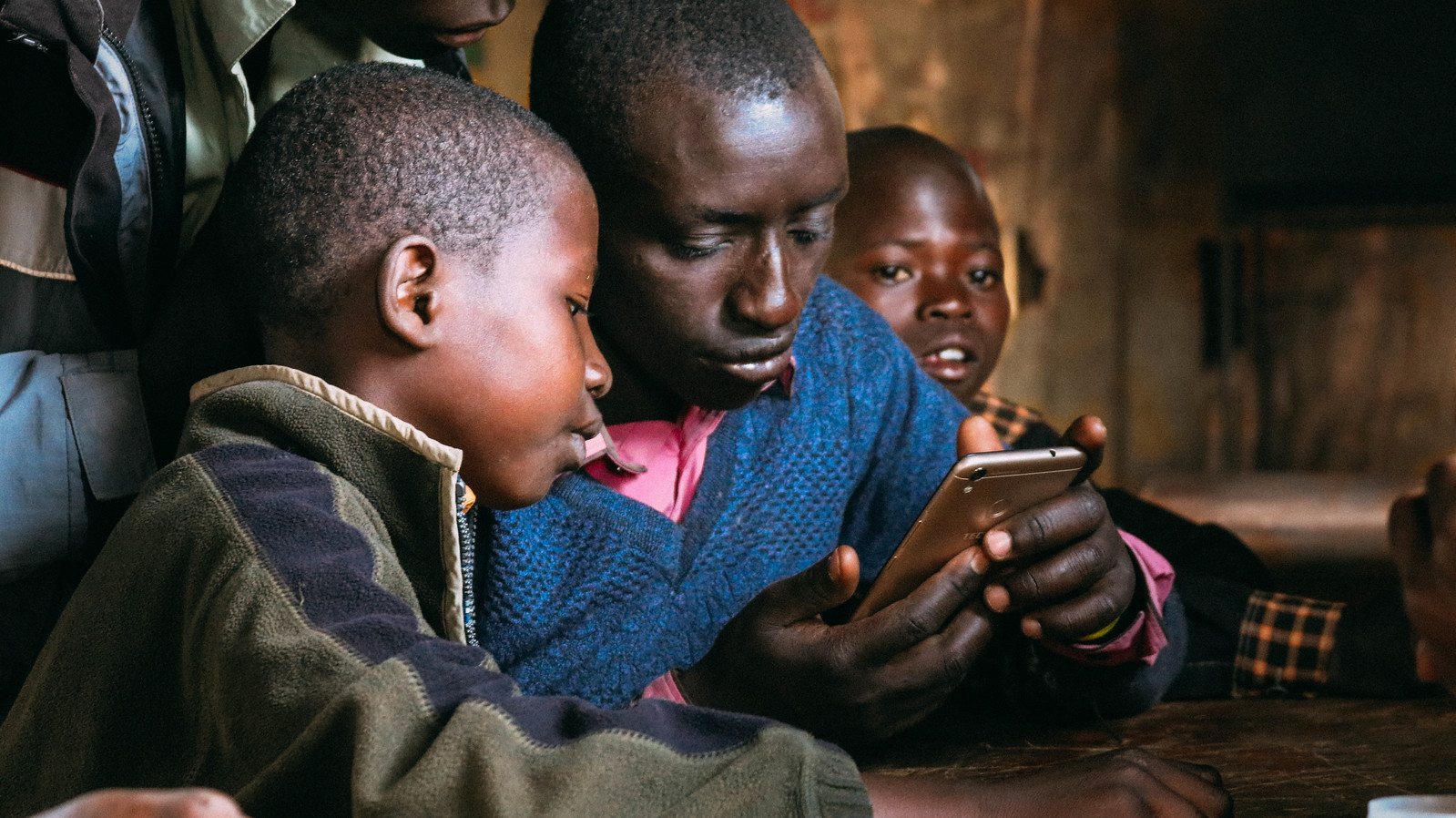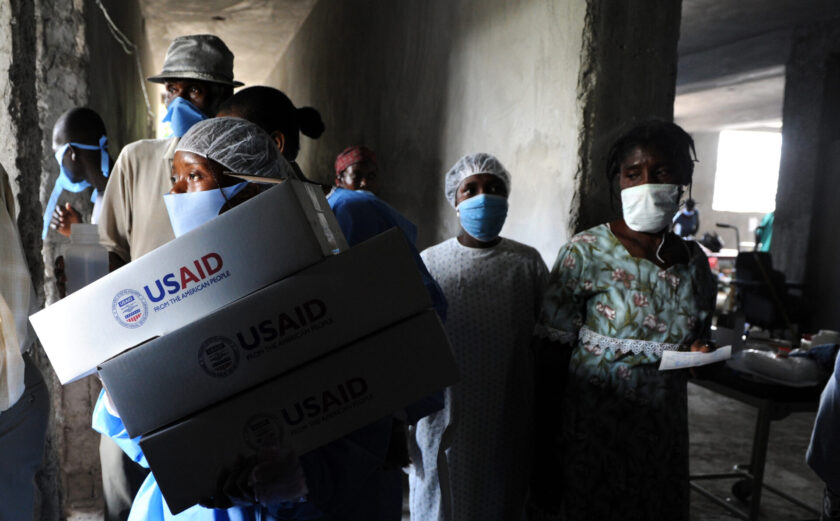
Understanding Disinformation in the INGO Sector
Part One of a Two-Part Disinformation Webinar Blog Series
We live in an era of unprecedented levels of disinformation—false or misrepresented information created and used exclusively to malign a person or group. Aided by emerging technologies, such as social media, those wishing to spread disinformation can do so with ease.
This “epidemic” of false information has had a profound impact on our global societies.
Civil Society Organizations (CSOs)—particularly those connected to the Muslim community or operating in the Middle East—have become frequent targets of disinformation attacks, with potentially devastating results. Thankfully, these organizations do not have to face these attacks alone. In 2017, several of InterAction’s Member organizations joined to form the Together Project, a hub of advocacy and solidarity designed to assist CSOs facing threats such as disinformation.
Recognizing the growing threat of disinformation to the NGO sector and civil society at large, the Together Project convened eight experts on the topic of disinformation for a two-part webinar series. Part one of this series, “Understanding Disinformation in the INGO Community,” was hosted on October 20th, 2020, and focused on emerging disinformation trends in the digital world and potential strategies to address them. This webinar was moderated by Princess Bazley-Bethea, Director, Together Project & Diversity, Equity, and Inclusion at InterAction, and included insights from Michael Igoe, Senior Reporter at Devex; Meghann Rhynard-Geil, Humanitarian Director at Internews; Katya Vogt, Global Lead for Media and Information Literacy Initiatives at IREX; and Adam Fivenson, Director of Data and Development Technology at InterAction.
Key takeaways from the first webinar include:
Disinformation in the Twenty-First Century Information Environment
The development of new information technologies has created an information environment that is uniquely vulnerable to the spread of disinformation.
Until recently, traditional news sources had the power to regulate the flow of information, stopping the spread of disinformation before reaching the consumer. However, with the development of the Internet and social media, these gatekeepers have lost much of their effectiveness. As Katya Vogt highlighted, “Citizen-consumers are now producers,” capable of creating and spreading information at extraordinary speeds with little to no oversight. The decentralization of information occurs across the globe, with nearly 53% of the world’s population having access to social media. In places lacking developed media outlets, social media apps can even act as the primary source of citizens’ information.
Combined, these trends produced an environment oversaturated with information—both accurate and inaccurate.
Disinformation thrives in this environment, in part due to algorithms employed by social media platforms and search engines. These algorithms are designed to elevate content which elicits the highest level of engagement from users. Human beings are naturally pre-disposed to believe information that confirms our biases and worldviews. Clever peddlers of disinformation can manipulate the interaction between instincts and algorithms, releasing disinformation designed to play on existing biases and drive engagement, leading search algorithms to amplify the disinformation.
Building Information Responses in Crisis Zones
Access to information strongly affects how one perceives reality. As Meghann Rhynard-Geil points out, “Perspective is influenced greatly by the amount of information you have access to and how much you trust that information.” In crisis zones, gaining access to truthful information can be difficult, allowing disinformation to thrive. Countering disinformation in these environments can be difficult and requires new strategies to be successful.
One of the most straightforward approaches is to prevent disinformation from taking root in the first place by building resilience in consumers before they are exposed. A prime example of this can be seen in IREX’s “Learn to Discern” program, which teaches consumers the necessary skills to find accurate, credible sources. Ideally, these initial students will pass these skills to others, gradually teaching others in the community. This program has been highly successful in many areas worldwide, including Serbia, Jordan, and Ukraine.
Once disinformation becomes established, however, it can be harder to eliminate. In this case, the key to developing an effective information response is first understanding the “geography” of the information environment you are working in. One potential strategy employed by Internews is the use of existing rumors and disinformation as a mapping tool. Rumors can highlight the public’s information gaps, its level of trust in institutions, which sources it trusts for news, and existing social divides. Once rumors have been identified and analyzed, an information response can be constructed to dismantle and discredit them.
This webinar is part one of a two-part series focusing on disinformation attacks on the INGO sector. Part two focused on key steps that NGOs should take to prepare for disinformation attacks and highlight strategies to counter them when they occur.





